Introduction
Did you know that the time it takes for a machine learning model to go from concept to deployment has drastically reduced? Thanks to AutoML, what used to take months can now be achieved in just a few weeks, or even days.
For anyone dabbling in Keras, AI, or machine learning, this is revolutionary. It's like having a co-pilot by your side, guiding you through the complexities of model building, so you can focus on solving the critical problems.
Building scalable AI solutions is now more about the innovative application of algorithms than the nitty-gritty of coding them from scratch. AutoML is reshaping the landscape, making AI development accessible to a broader range of enthusiasts and professionals alike.
It's not just about making things faster; it's about making AI development smarter, more efficient, and, importantly, scalable. Imagine the impact this has on the future of technology and our daily lives.
What is AutoML?
AutoML, or Automated Machine Learning, is a game-changer in scaling AI.
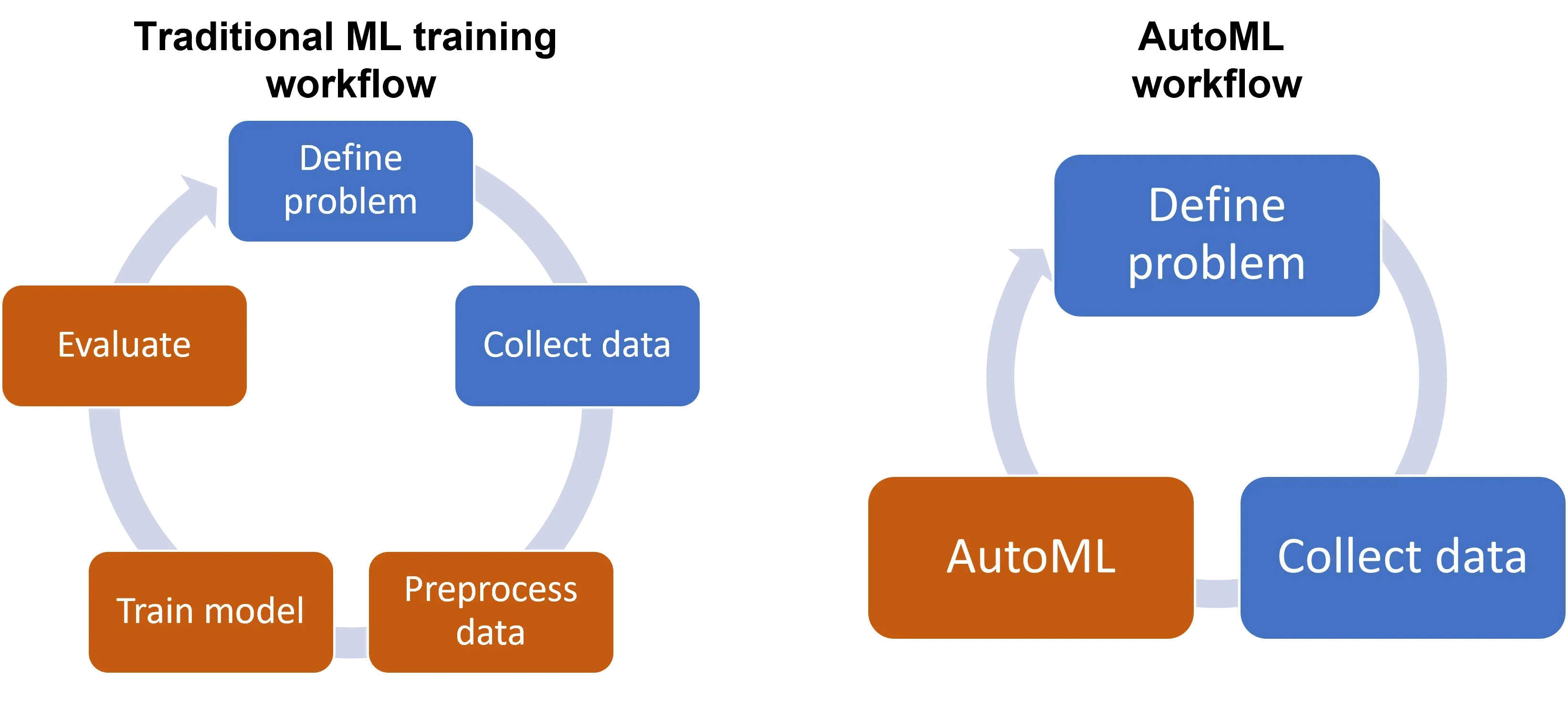
It automates the end-to-end process of applying machine learning, making high-quality AI solutions more accessible and scalable without needing deep expertise.
The Importance of Scalability in AI Solutions
Scalability in AI is essential for solutions to accommodate growing data volumes and complexity without performance loss.
It allows AI systems to expand and manage increased demand seamlessly.
How AutoML Enhances the Scalability of AI Projects
AutoML takes the grunt work out of AI model development, allowing systems to scale with less human intervention.
It manages the growing data and complex algorithms, ensuring AI scalability isn’t only possible but also practical for businesses of all sizes.
Key Components of a Scalable AI Solution
A scalable AI solution is built on robust data architecture, efficient algorithms, and flexibility.
Together, these components allow AI systems to grow and adapt while maintaining high performance.
Overview of the Blog Structure
Our journey will unpack the evolution of AutoML, delve into what scalability really means in AI, and explore the mechanics of how AutoML is unlocking the potential for AI to expand across industries.
Suggested Reading:Building Scalable AI Solutions with AutoML
Understanding Scalability in AI
Scalability is paramount in the ever-growing AI world. Let's break down what this means and how it's measured and achieved.
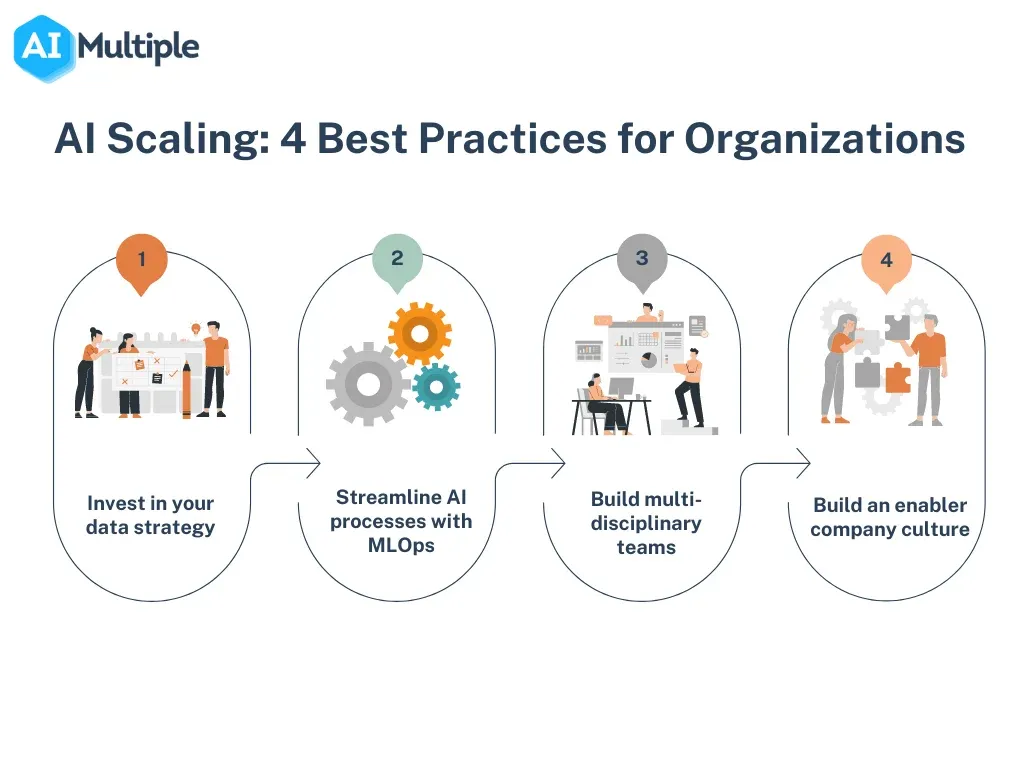
What Does Scalability Mean in AI?
In AI, scalability means the ability to handle increasing amounts of work or data expansively and often involves upgrading systems without overhauling existing infrastructures. It’s about growing smart, not just big.
Types of Scalability: Horizontal vs. Vertical
There are two scalability approaches: horizontal, adding more nodes or systems; and vertical, adding power to existing systems.
AutoML helps automate these scaling decisions, optimizing resource allocation for growing AI operations.
Challenges in Scaling AI Solutions
Scaling AI comes with challenges like ensuring data quality, managing infrastructure costs, and maintaining model accuracy.
AutoML tackles these by automating complex processes and optimizing resource use.
Measuring the Scalability of AI Systems
We gauge AI scalability by its ability to maintain functionality and performance despite increased loads.
It's about assessing how well the AI systems can grow to meet the demands placed on them.
The Role of AutoML in Overcoming Scalability Challenges
AutoML is pivotal in addressing scaling challenges by providing tools that automate model selection, hyperparameter tuning, and deployment, making the expansion of AI functionalities smoother and more efficient.
AutoML: A Key to Unlocking Scalable AI Solutions
AutoML is unlocking paths to scalable AI, helping to navigate complex processes with ease.
Here's how it's facilitating growth and innovation.
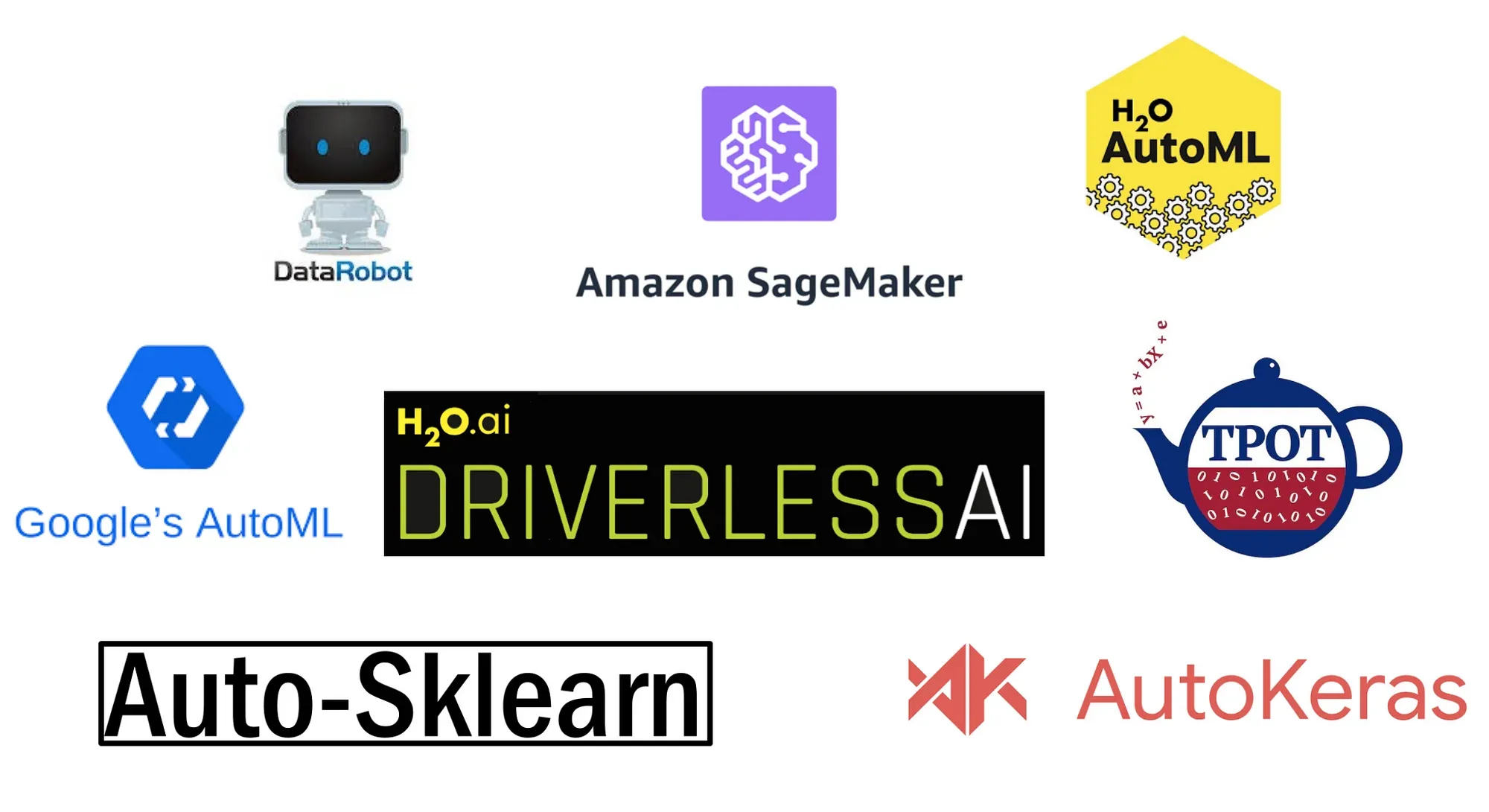
How AutoML Contributes to Scalable AI Developments
AutoML is a contributor to scalability by automating crucial steps in the AI model lifecycle, enabling systems to adapt quickly and scale up as needed without continuous manual oversight.
AutoML Capabilities That Enhance Scalability
AutoML platforms come with capabilities like automatic model tuning, feature engineering, and sophisticated algorithms that work together to support the expansion of AI applications without manual complexity.
Simplifying Complex AI Processes with AutoML
AutoML simplifies the intricate processes of AI development, making it easier to scale AI solutions by reducing the need for specialized skills and leveraging computational resources more intelligently.
AutoML Tools and Their Scalability Features
Various AutoML tools offer unique scalability features, from cloud-based solutions that offer virtually unlimited computing resources to on-premise software allowing granular control over data and processes.
Limitations of AutoML in Scaling AI Solutions
Despite its benefits, AutoML also has limitations, such as potential over-reliance on automated processes and a one-size-fits-all approach to model building, reminding us that human oversight remains crucial.
Building scalable AI solutions with AutoML is an exciting, evolving journey of making AI more accessible and powerful.
As we harness the potential of AutoML, we’re creating a future where anyone can tap into the power of artificial intelligence, making our world more connected, efficient, and innovative.
Suggested Reading:Building Scalable AI Solutions with AutoML
Platforms for Scalable AI Development
The choice of an AutoML platform can decidedly influence the direction and success of your AI project.
Therefore, a careful assessment and comparison of the available AutoML platforms are crucial.
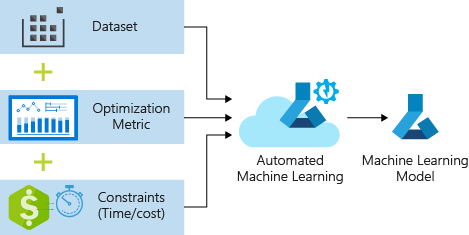
Overview of Leading AutoML Platforms
Some of the dominant players in the AutoML realm include Google Cloud's AutoML, Auto-sklearn, and H2O.ai. Each platform comes with its unique features, strengths, and weaknesses, making them better suited to different use-cases, scalability demands, and technical requirements.
Comparative Analysis: Features Supporting Scalability
In evaluating AutoML platforms, key areas to consider revolve around scalability features.
An effective resource management feature is vital. It's also helpful to assess how each platform approaches model management — the ability to add, update, and manage different models easily is a critical feature for scalable systems. Moreover, as the demand rises, platforms that offer flexibility and can robustly respond to an increase in workload are more desirable.
Tips for Selecting the Right AutoML Platform for Scalability
Choosing an AutoML platform best suited to your needs and scalability goals should be underpinned by various considerations.
Platforms that are known for their robustness and scalability, ones that can gracefully handle growth in data volume and user demand are naturally an advantageous choice.
Further, the ease of integration with your existing infrastructure is a key criterion, preventing potential migrational or integration issues down the line.
Lastly, a strong community or enterprise support can prove invaluable in resolving challenges and pushing the boundaries of what you can achieve with the platform.
Integration of AutoML Platforms in Existing Systems
To successfully graft an AutoML platform onto an existing system, developers must comprehend the platform's API capabilities and familiarize themselves with the documentation provided by the platform.
Initiatives like implementing the AutoML platform in pilot projects before a full-scale integration can prove pivotal in ensuring a smooth transition.
Managing Data for Scalable AI with AutoML
The management of data, its voluminous nature, and variable quality can make or break AI projects.
As such, establishing effective data management practices is crucial for scalable AI systems.
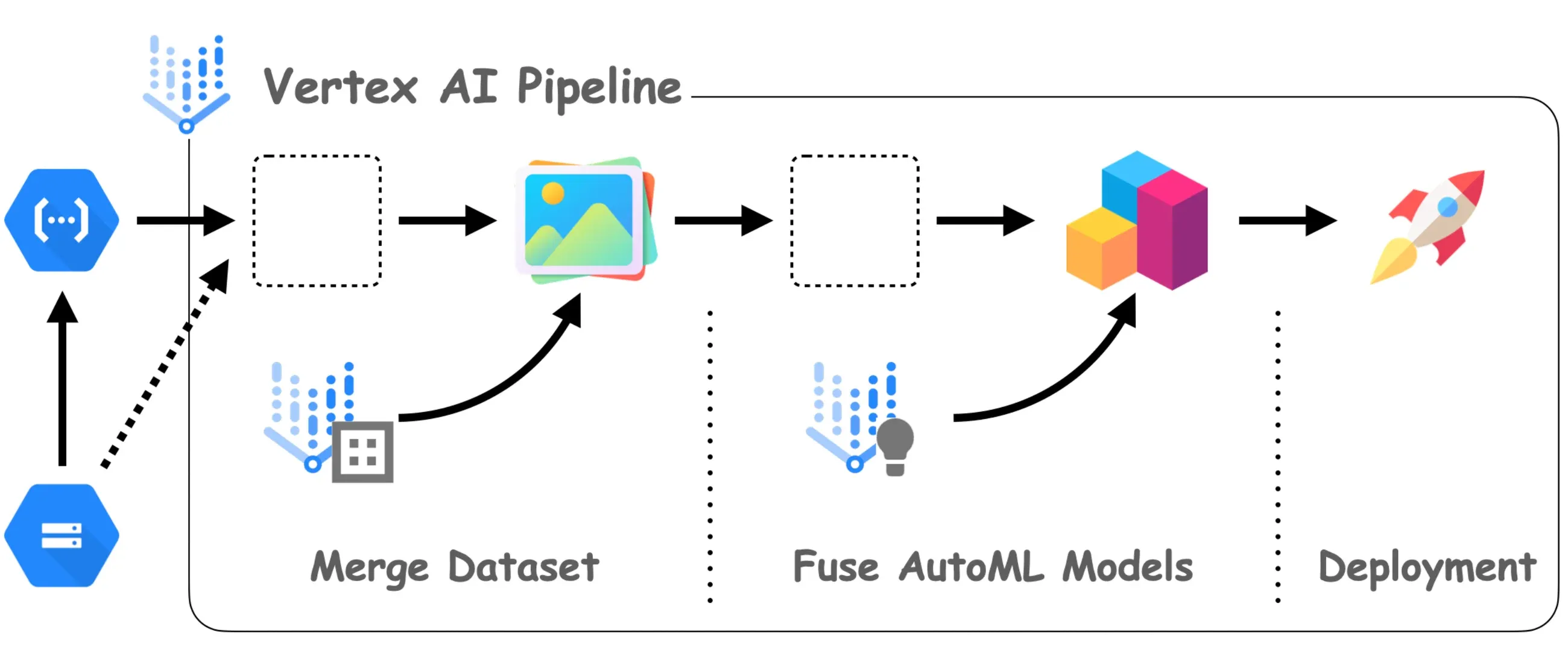
The Role of Data in Scalable AI Solutions
Data reigns supreme in the world of AI.
As a result, ensuring that the data feeding into your system is of high quality, consistently formatted, and ready to scale becomes critical.
Scalable AI systems need a strong data infrastructure that provides clean, relevant data for their operations.
AutoML Techniques for Efficient Data Management
AutoML offers many solutions to streamline data handling.
Features like automated data preprocessing and feature engineering save time and improve model accuracy.
AutoML also offers the means to augment datasets in ways that can significantly boost model performance as the system scales.
Handling Large Datasets with AutoML
Large data volumes are more rule than exception in scalable AI systems.
Thankfully, many AutoML platforms leverage powerful techniques such as distributed computing and incremental learning to process large datasets efficiently.
Such features make AutoML an essential component in managing and leveraging big data.
Ensuring Data Quality and Relevance in Scaling AI
High-quality, relevant data is the lifeblood of any AI system - more so with scalable solutions.
AutoML provides technologies like feature selection and model interpretability to maintain data quality and relevance as the AI system grows. These functions are vital in data-driven decision-making, helping the AI system stay relevant as it scales.
Leveraging AutoML for Dynamic Data Scaling
Dynamic data scaling refers to an AI system's elasticity in handling different volumes and velocities of incoming data.
AutoML platforms can be instrumental in bolstering this capability, adapting algorithms and learning to accommodate shifting data loads while maintaining model performance.
Implementing Scalable AI Projects with AutoML: A Step-by-Step Guide
Creating scalable AI projects isn't a straightforward task, and it requires careful planning and consistent efforts across different stages.
However, breaking down the process into steps ensures a manageable and successful implementation.
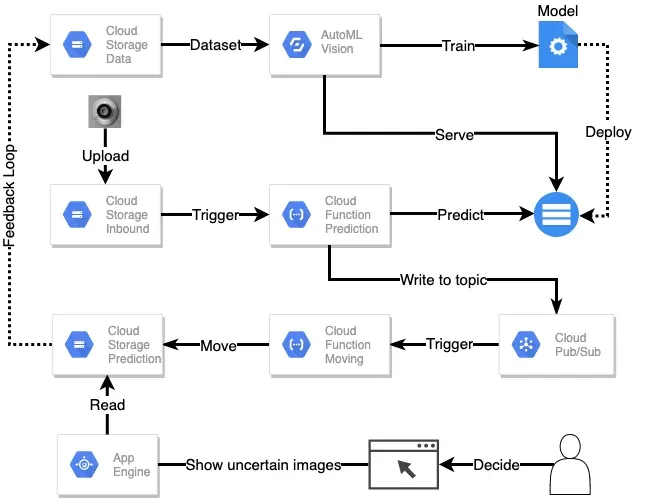
Defining the Scope and Objectives
The first and foremost step is defining the scope and goals of the project, understanding the scale at which it's expected to operate, and the primary metrics of success.
By crystallizing key priorities upfront, it becomes easier to coordinate efforts and navigate the course of the project.
Selecting the Right AutoML Tools and Platforms
The next critical step is to select an AutoML platform that aligns with both the identified goals and desired scalability.
Consider the unique strengths of different platforms, their particular weaknesses, and how they fit with the project's needs.
Building and Training Scalable Models with AutoML
The capabilities of AutoML in simplifying model building and training cannot be overstated.
Use the chosen AutoML platform to create models designed from the ground up to scale.
From automating repetitive tasks to implicitly training models for scalability, AutoML can significantly fast-track this step.
Deploying and Scaling the AI Solutions
Post-model development, the deployment phase tackles real-world challenges – the handling of real-time data, servicing users, and managing resources.
Devise a strategic plan to ensure your AI solution can handle increased data volumes and user requests, growing seamlessly alongside demand.
Monitoring and Maintaining Scalability in AI Systems
Post-deployment, maintaining the performance and scalability of your system becomes the primary focus.
Regular performance tracking and updates help optimize the AI solution to better meet changing needs, ensuring it remains scalable and effective in delivering the expected outcomes.
Challenges and Future Directions in Scalable AI with AutoML
AutoML aims to make artificial intelligence accessible to all, but current challenges can stifle its scalability.
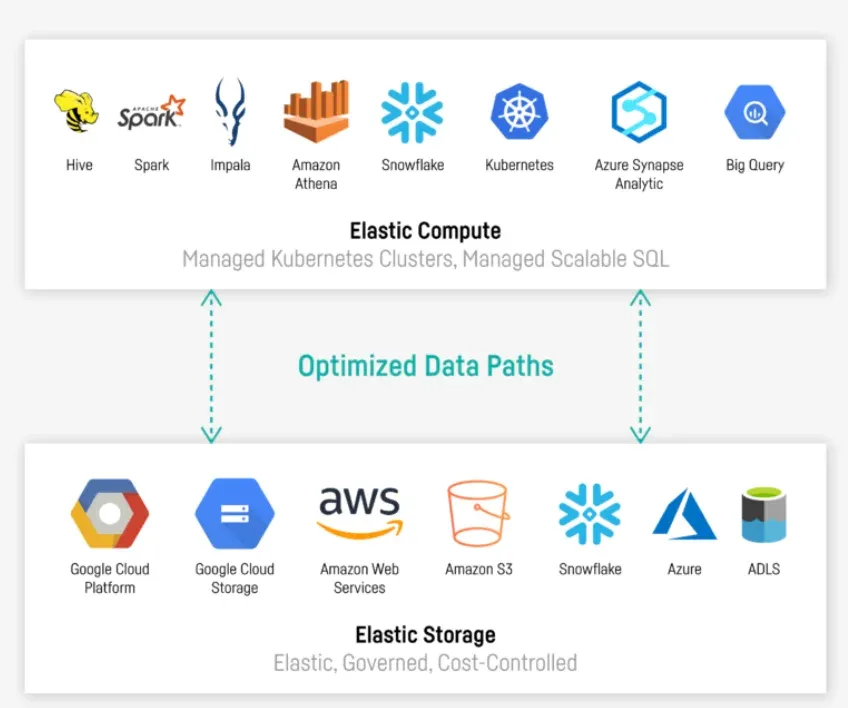
One significant hurdle is computational costs. As the complexity of AI models grows, so does the need for processing power, making it expensive and less accessible, especially for smaller players. Data management is another issue; massive datasets needed to train AI can become unwieldy, leading to inefficiency.
Furthermore, the current one-size-fits-all approach may not be suitable for different industries with nuanced needs, which can prevent AutoML tools from being universally adopted.
Addressing Ethical Considerations in Scalable AI
Artificial Intelligence is not free from ethical dilemmas. With scaling AutoML, questions regarding privacy, bias, and decision authority emerge.
Ensuring that AI systems make fair and unbiased decisions remains a concern; the data used for training these models can inadvertently introduce biases, potentially leading to discriminatory practices.
There's also the question of data privacy; more data means a greater need to protect it. Additionally, the idea of AI taking over human jobs creates social tension, thus, creating a balance and ensuring responsible use of AutoML is crucial.
The Future of Scalable AI Solutions and the Role of AutoML
Looking ahead, AutoML could be the key to unlocking widespread, scalable AI. With advancements in technology, AutoML platforms are evolving to handle large-scale applications more efficiently, making AI even more accessible.
We're likely to see tools that go beyond just automating the model selection process, offering end-to-end solutions.
This evolution provides organizations the potential to harness AI without the traditional barriers of expertise and cost, promoting innovation and growth in various sectors.
Innovations Shaping the Future of AutoML and Scalable AI
Innovation is relentless in the field of AutoML. Newer algorithms that are more efficient and less resource-intensive are being developed.
Edge computing is bringing AI closer to where data is generated, speeding up the process while reducing the load on central systems. Advances in federated learning allow disparate systems to learn collaboratively, maintaining data privacy.
Moreover, we're seeing a rise in no-code/low-code platforms that democratize AI, enabling users without technical backgrounds to create powerful AI solutions.
Final Thoughts: The Continuous Evolution of Scalable AI
The realm of scalable AI and AutoML is ever-changing, with new breakthroughs and challenges arising.
The integration of AutoML into business and society depends on tackling current hurdles while embracing the wave of innovations.
As we refine these tools, we must also keep a watchful eye on the broader implications they bring, steering the evolution of scalable AI toward a future that benefits all sectors of society and people from all walks of life.
The journey leans on thoughtful integration, ethical considerations, and a community-minded approach to technology.
Frequently Asked Questions (FAQs)
How Does AutoML Facilitate Scalability in AI Solutions?
AutoML accelerates the development of AI solutions by streamlining steps like model selection and tuning, significantly reducing the time and technical expertise required, hence making scalability more feasible.
Can AutoML Accommodate Changing Business Requirements?
Yes, AutoML's dynamic nature allows it to adapt to changing requirements by incorporating new data and retraining models, providing a flexible foundation for AI solutions.
How Does AutoML Enhance Reproducibility in AI Solutions?
AutoML solutions often include features for version control, tracking, and documentation that help ensure reproducibility—crucial for scalable, reliable AI solutions.
What Role Does AutoML Play in Overcoming Resource Constraints in AI Deployment?
AutoML solutions are engineered to optimize computational resources. They test multiple models efficiently and choose the one that provides the best results under given constraints.
Is User Experience a Consideration in Building Scalable AI Solutions with AutoML?
Yes, many AutoML platforms emphasize user-friendly interfaces and simpler workflows, making them more accessible to a wider range of users, which is essential for successful scaling.


